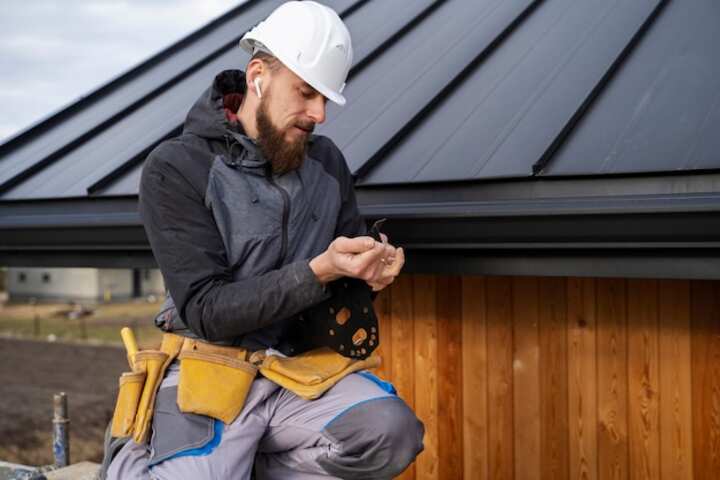
The Ultimate Guide to Commercial Roofing & Waterproofing Solutions
In the realm of commercial buildings, roofing and waterproofing play a pivotal role in ensuring structural integrity and longevity. These elements protect the building from environmental factors, including rain, wind, and extreme temperatures. As a result, selecting the appropriate roofing and waterproofing solutions is crucial for building owners and facility managers. This guide provides an in-depth look at various roofing and waterproofing options available in the market today, helping you make informed decisions that align with your specific needs and budget.
Types of Commercial Roofing Solutions
Commercial roofing solutions come in various types, each offering unique benefits and suited to different building requirements and climates.
1. Built-Up Roofing (BUR)
Built-up roofing is one of the oldest and most reliable methods used in commercial buildings. It is composed of layers of bitumen and reinforcing fabrics, creating a finished membrane.
- Durability: Multiple layers provide excellent protection and long lifespan.
- Maintenance: Requires regular inspections to maintain integrity. Find additional information here.
2. Single-Ply Roofing
Single-ply roofing is a popular choice due to its simplicity and ease of installation. It involves the use of prefabricated sheets of plastic-derived materials.
- Types: Includes TPO, PVC, and EPDM, each with unique properties.
- Flexibility: Adaptable to a wide range of roof designs and climates.
- Explore further insights here.
3. Metal Roofing
Metal roofing is favored for its durability and energy efficiency. It is available in materials such as steel, aluminum, and copper.
- Longevity: Can last up to 50 years or more with proper maintenance.
- Energy Efficiency: Reflects sunlight, reducing cooling costs.
- Read more about this topic here.
Commercial Waterproofing Solutions
Waterproofing is essential in preventing water ingress and protecting the structural components of a building. Various solutions ensure that water does not penetrate roofs, walls, and foundations.
1. Liquid Applied Membranes
Liquid applied membranes are used for their flexibility and seamless application. They form a monolithic membrane over the roof surface.
- Application: Can be sprayed or roller-applied to achieve a seamless finish.
- Versatility: Suitable for all types of roofs and complex roof structures.
- Learn more in this detailed guide here.
2. Sheet Membranes
Sheet membranes are pre-formed sheets that are applied to the surface. They are commonly used in tunnels, basements, and other below-grade structures.
- Strength: Offers high tensile strength and puncture resistance.
- Installation: Requires skilled labor for effective application.
- Find additional information here.
Factors to Consider in Choosing Roofing & Waterproofing Solutions
When selecting roofing and waterproofing systems, several factors should be considered to ensure effectiveness and cost-efficiency.
- Climate: Consider the local weather conditions and select materials that can withstand those elements.
- Building Design: The architectural design and use of the building can influence the type of roofing and waterproofing needed.
- Budget: Evaluate the long-term costs, including maintenance and potential repairs, to determine the most economical solution.
- Environmental Impact: Opt for sustainable materials that reduce carbon footprint and promote energy efficiency.
- Explore further insights here.
In conclusion, the selection of commercial roofing and waterproofing solutions is a critical decision that affects the longevity and functionality of a building. By understanding the different options available and considering key factors such as climate, design, and budget, building managers can make informed decisions that ensure the protection and efficiency of their structures. For a more detailed exploration of roof maintenance and related topics, learn more in this detailed guide.